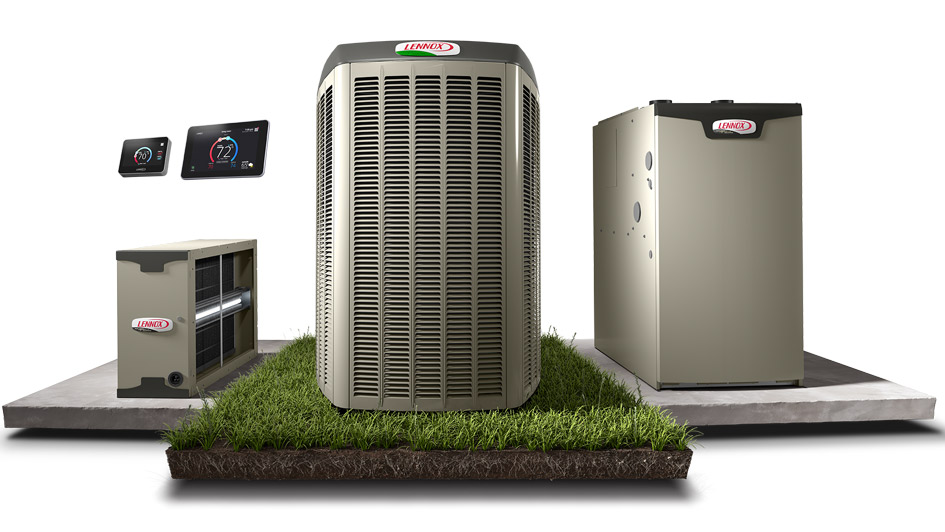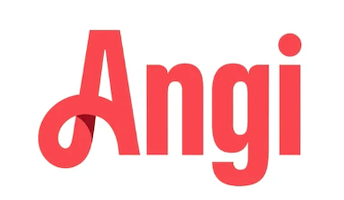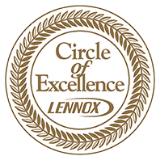
A well-designed HVAC system is vital for a comfortable and energy-efficient home, but it’s also a major investment. Everyone deserves the most productive comfort solutions achievable, which is why HVAC rebates are so important. They can help make sure high-efficiency furnaces, air conditioners and other equipment is more budget friendly.
HVAC efficiency standards are going up next year, so now’s a great time to explore your options. Different companies, organizations and even government entities are offering rebates in 2023 to help everyone secure a new, high-efficiency HVAC system.
Furnace Rebates Require High Efficiency Models
Lots of manufacturers of high-efficiency furnaces extend rebates toward the cost of a new system. These furnaces feature energy-efficient components like variable-speed blower motors, which enable the thermostat to refine how much heating is generated. It’s a great way to decrease energy use overall. Local utilities also share furnace rebates because less energy use means less strain on the local energy grid.
The government’s ENERGY STAR® program is also recommended for obtaining a furnace rebate. You can type in your ZIP Code to learn which rebates you may be eligible for. Equipment displaying the ENERGY STAR® rating means it fulfills your region’s standards for energy-efficient operation.
Earning a Rebate for a High Efficiency Air Conditioner
Plenty of of the same rebates for high-efficiency furnaces are also suitable for air conditioners. You can save hundreds on new installation for equipment from a leading brand like Lennox. Just check with your local utility companies to verify which makes and models are suitable. In addition, you can usually combine federal and local rebates for even higher savings. Don’t hesitate to see what all you can find, because it can easily add up to 10% of a new, high-efficiency AC system
2023's Rebates for Smart Thermostats
A smart thermostat is an especially valuable improvement to your home comfort system. With intelligent programming, you can optimize the daily schedule. Utility companies can benefit from this kind of efficiency, and so most offer rebate programs for new smart thermostats. In time, these rebates essentially enable you to get a free smart thermostat!
Your utility companies also create programs where they exchange lower rates for the capability to adjust your thermostat during peak energy use. This helps minimize strain on the grid, particularly when heat waves or cold fronts show up. When participating in this program, your thermostat can automatically be changed by a few degrees.
More Incentives: Tax Credits for Energy-Efficient Equipment and Home Improvement Projects
Somewhat different from rebates, tax credits are also available for the purchase and installation of energy-efficient HVAC equipment. For example, the Inflation Reduction Act reactivated a program in 2021 that provided credits for up to 10% of the project’s cost. The updated credits are now worth 30% of the cost and may be claimed every year rather than only once. These credits are eligible for a much greater variety of projects, including home energy audits, electrical, insulation, ventilation, and even your doors and windows! The programs are fashioned to share the most benefits for lower-income households, maximizing the improvements to HVAC efficiency across the country.
New Legislation for Heat Pump Rebates
The recently passed Inflation Reduction Act included separate legislation referred to as the High-Efficiency Electric Homes and Rebates Act, or HEEHRA. This incentive is especially targeted toward heat pump technology, which transfers heat instead of generating it by combusting fuel. To encourage more people to transition to this energy-efficient comfort system, these rebates are substantially higher versus incentives for AC systems and furnaces.
If a household’s income is lower than 80% of the local median, you can use the rebates to cover 100% of the costs of a new heat pump. Households that meet 80-150% of the median income can take care of 50% of equipment and installation costs.






